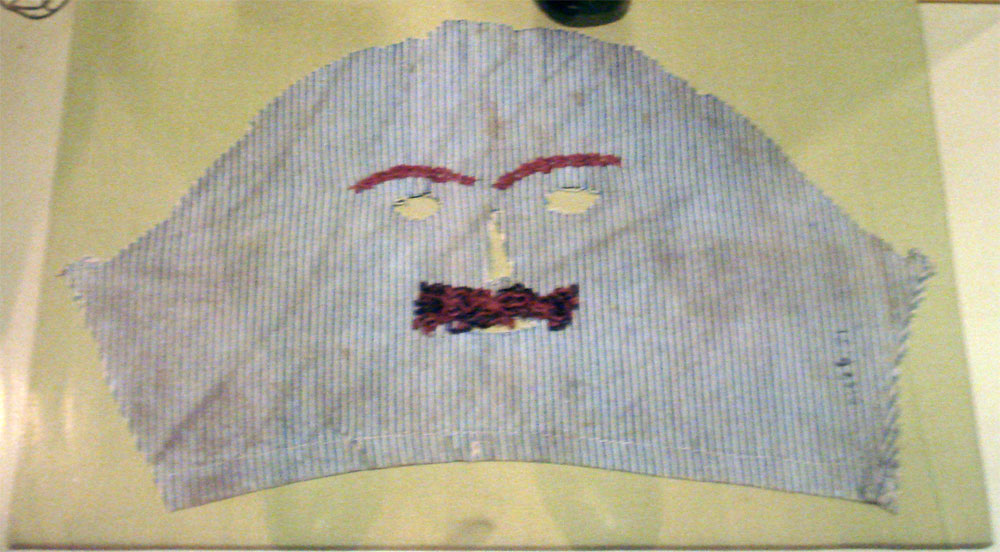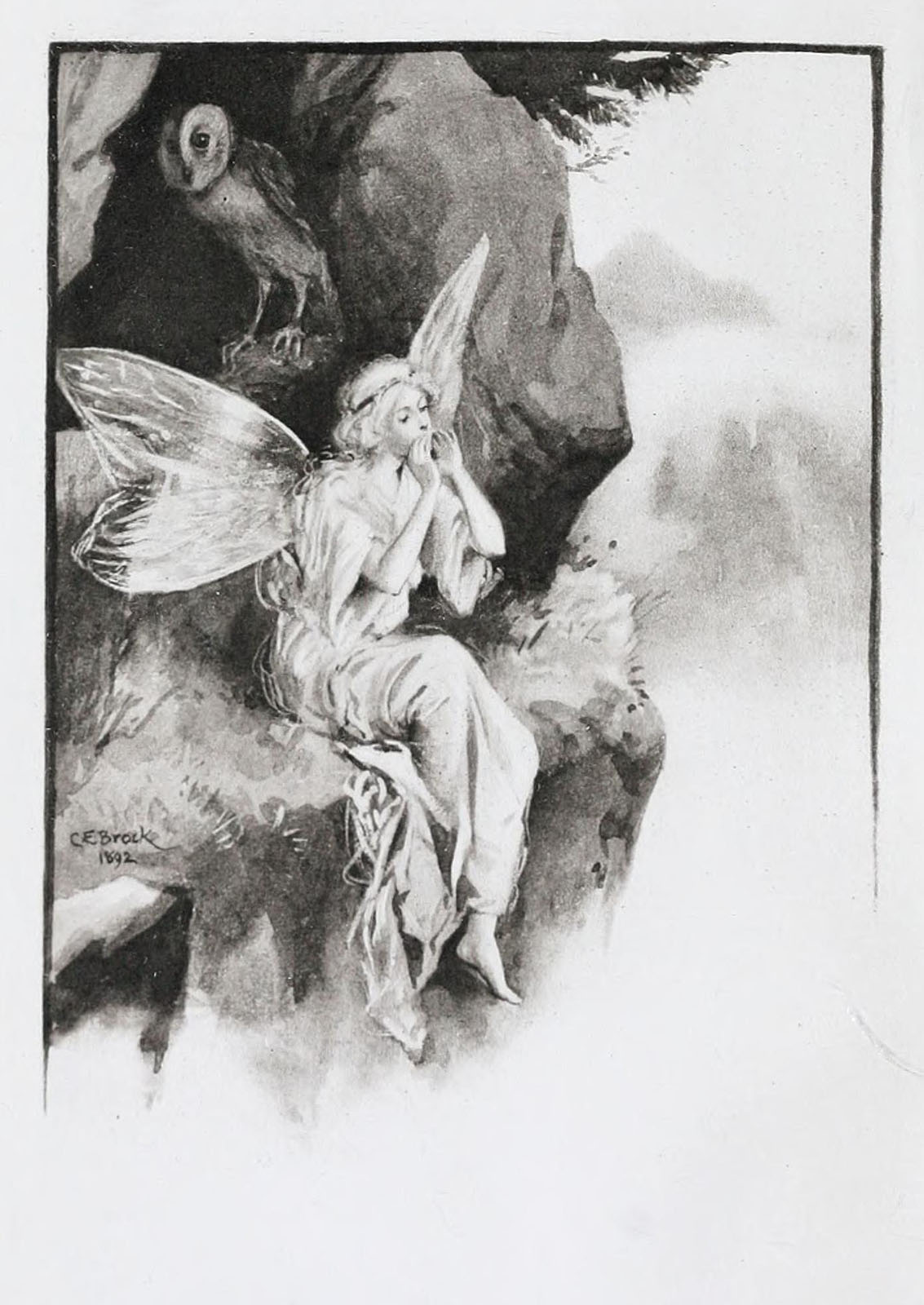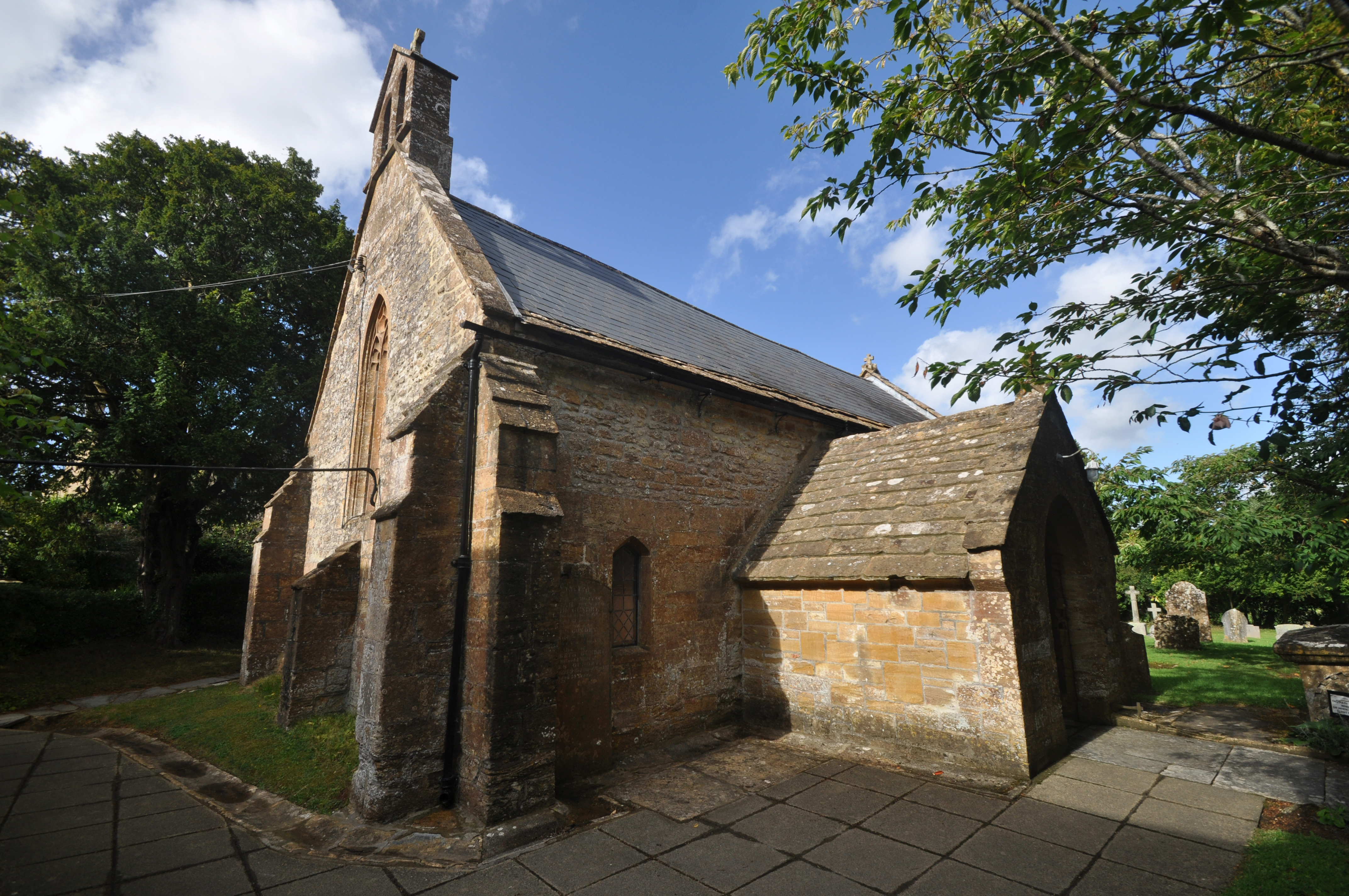|
Punkie Night
Punkie Night is a traditional West Country holiday practised on the last Thursday of October in Somerset. Children will march around with a ''punkie'', that is a jack o'lantern traditionally made from a mangelwurzel, singing the following song : It's Punkie Night tonight It's Punkie Night tonight Adam and Eve would not believe It's Punkie Night tonight There are some variants which also include these lines: "Give me a candle, give me a light If you don't, you'll get a fright" or alternatively: "Give me a candle give me light If you haven't a candle, a penny's all right" (Cooper & Sullivan, 1994). As Cooper and Sullivan (1994) explain, this relates to the tradition of children would begging for candles on this night, and threaten people who refused to give them anything (compare the custom of Trick or Treat). Cooper and Sullivan also explain how a Punkie King and a Punkie Queen would typically lead the proceedings. Origins of the custom The custom originated in the village ... [...More Info...] [...Related Items...] OR: [Wikipedia] [Google] [Baidu] |
West Country
The West Country is a loosely defined area within southwest England, usually taken to include the counties of Cornwall, Devon, Dorset, Somerset and Bristol, with some considering it to extend to all or parts of Wiltshire, Gloucestershire and Herefordshire."Which counties make up the West Country?", ''YouGov.co.uk'', 23 October 2019 Retrieved 22 June 2021 The West Country has a distinctive regional English dialect and accent, and is also home to the . Extent |
Hinton St George
Hinton St George is a village and parish in Somerset, England, situated outside Crewkerne, south west of Yeovil. The village has a population of 442. It has a wide main street lined with hamstone cottages, some thatched. The village has a thriving shop. The village does not lie on a major road, and has a few holiday cottages and second homes. History The parish was part of the hundred of Crewkerne. Much of the development of the village occurred under the lords Poulett extending their large house and estate (Hinton House). By the 1560s the three open arable fields had been enclosed and two large estates of 74 and created, based on the now disappeared hamlet of Craft. The park contained deer and orchards, with cherry trees The village cross is an high cross with a tapering octagonal shaft on stepped octagonal base. It is a scheduled monument and Grade II* listed building. Governance The parish council has responsibility for local issues, including setting an a ... [...More Info...] [...Related Items...] OR: [Wikipedia] [Google] [Baidu] |
Halloween
Halloween, or Hallowe'en (less commonly known as Allhalloween, All Hallows' Eve, or All Saints' Eve), is a celebration geography of Halloween, observed in many countries on 31 October, the eve of the Western Christianity, Western Christian feast of All Saints' Day, All Hallows' Day. It is at the beginning of the observance of Allhallowtide, the time in the Christian liturgical year dedicated to remembering the dead, including saints (hallows), Christian martyr, martyrs, and all the faithful departed. In popular culture, Halloween has become a celebration of Horror fiction, horror and is associated with the macabre and the supernatural. One theory holds that many Halloween traditions were influenced by Celts, Celtic harvest festivals, particularly the Gaels, Gaelic festival Samhain, which are believed to have Paganism, pagan roots. Some theories go further and suggest that Samhain may have been Christianization, Christianized as All Hallows' Day, along with its eve, by the Ear ... [...More Info...] [...Related Items...] OR: [Wikipedia] [Google] [Baidu] |
Festivals In Somerset
A festival is an event celebrated by a community and centering on some characteristic aspect or aspects of that community and its religion or cultures. It is often marked as a local or national holiday, mela, or eid. A festival constitutes typical cases of glocalization, as well as the high culture-low culture interrelationship. Next to religion and folklore, a significant origin is agricultural. Food is such a vital resource that many festivals are associated with harvest time. Religious commemoration and thanksgiving for good harvests are blended in events that take place in autumn, such as Halloween in the northern hemisphere and Easter in the southern. Festivals often serve to fulfill specific communal purposes, especially in regard to commemoration or thanking to the gods, goddesses or saints: they are called patronal festivals. They may also provide entertainment, which was particularly important to local communities before the advent of mass-produced entertainment. ... [...More Info...] [...Related Items...] OR: [Wikipedia] [Google] [Baidu] |
Sprite (creature)
A sprite is a supernatural entity in European mythology. They are often depicted as fairy-like creatures or as an ethereal entity. Etymology The word ''sprite'' is derived from the Latin ''spiritus'' ("spirit"), via the French '' esprit''. Variations on the term include ''spright'' and the Celtic '' spriggan''. The term is chiefly used with regard to elves and fairies in European folklore, and in modern English is rarely used in reference to spirits. Belief in sprites The belief in diminutive beings such as sprites, elves, fairies, etc. has been common in many parts of the world, and might to some extent still be found within neo-spiritual and religious movements such as " neo-druidism" and Ásatrú. In some elemental magics, the sprite is often believed to be the elemental of air (see also sylph). Water sprite A water sprite (also called a water fairy or water faery) is a general term for an elemental spirit associated with water, according to alchemist Paracelsus. W ... [...More Info...] [...Related Items...] OR: [Wikipedia] [Google] [Baidu] |
Faeries
A fairy (also called fay, fae, fae folk, fey, fair folk, or faerie) is a type of mythical being or legendary creature, generally described as anthropomorphism, anthropomorphic, found in the folklore of multiple European cultures (including Celtic mythology, Celtic, Slavic paganism, Slavic, Germanic folklore, Germanic, and French folklore, French folklore), a form of Supernatural#Spirit, spirit, often with metaphysical, supernatural, or preternatural qualities. Myths and stories about fairies do not have a single origin but are rather a collection of folk beliefs from disparate sources. Various folk theories about the origins of fairies include casting them as either demoted angels or demons in a Christian mythology, Christian tradition, as deities in Paganism, Pagan belief systems, as Spirit (supernatural entity), spirits of the dead, as Prehistory, prehistoric precursors to humans, or as spirits of nature. The label of ''fairy'' has at times applied only to specific Magic (su ... [...More Info...] [...Related Items...] OR: [Wikipedia] [Google] [Baidu] |
Bucca (mythological Creature)
Bucca ( Cornish, SWF: ''bocka'', pl. ''bockas'','' bockyas'' ) is a male sea-spirit in Cornish folklore, a merman, that inhabited mines and coastal communities as a hobgoblin during storms. The mythological creature is a type of water spirit likely related to the Púca from Irish, the Pwca from Welsh folklore, and the female mari-morgans, a type of mermaid from Welsh and Breton mythology. Rev W. S. Lach-Szyrma, one 19th-century writer on Cornish antiquities, suggested the Bucca had originally been an ancient pagan deity of the sea such as Irish Nechtan or British Nodens, though his claims are mainly conjecture. Folklore however records votive food offerings made on the beach similar to those made to the subterranean Knockers and may represent some form of continuity with early or pre-Christian Brittonic belief practices. Etymology In 1611, in the Cornish language book the ''Creation of the World'' the Bucca is mentioned and some believe that the word is a borrowing in ... [...More Info...] [...Related Items...] OR: [Wikipedia] [Google] [Baidu] |
Lopen
Lopen is a village and civil parish in Somerset, England, situated west of Yeovil. The village has a population of 260 people. History The name of the village means ''Lufa's pen or fold''. A Roman mosaic, probably from a Roman villa, was found in the village in 2001. The Lopen Roman Mosaic was discovered by George Caton who was operating a mechanical digger and noticed small cubes of coloured stone, which turned out to be part of the floor of an eight-roomed Roman Villa and is the largest Roman Mosaic so far discovered in Britain. Photogrammetry by English Heritage was followed by excavation led by the Somerset County Council archaeologist exposed and documented the mosaic in three weeks. It was then covered with sand and soil to preserve it. The work was recognised with the award of the Tarmac Finders Award (for non professionals) at the British Archaeological Awards in 2002. The stones used for the mosaic are Blue Lias from the surrounding hills. The fragments which were di ... [...More Info...] [...Related Items...] OR: [Wikipedia] [Google] [Baidu] |
Drayton, Somerset
Drayton is a village and civil parish in Somerset, England, focussed less than a mile from Curry Rivel and five miles southwest of Somerton in the South Somerset district. It adjoins the River Isle, near its confluence with the Parrett, and the former Westport Canal. The parish includes the hamlet of Midelney. The village has a population of 379 and is home to St Catherine's parish church and the Drayton Crown' pub. History It is trite in Anglo-Saxon language the name of the village means literally "''drawing-town''", the word dray being largely obsolete save for dray horse being one that drags or draws a load, at a time when the inceptive form of town ''ton'' had not turned into its larger sense today. Locally this may refer to "ledges or drays" being used for boats or for the drawn plough as in most other examples. The probable site of a Roman house has been identified west of the vicarage. Drayton was part of the hundred of Abdick and Bulstone. Governance The parish ... [...More Info...] [...Related Items...] OR: [Wikipedia] [Google] [Baidu] |
Somerset
Somerset ( , ), Archaism, archaically Somersetshire ( , , ) is a Ceremonial counties of England, ceremonial county in South West England. It is bordered by the Bristol Channel, Gloucestershire, and Bristol to the north, Wiltshire to the east, Dorset to the south-east, and Devon to the south-west. The largest settlement is the city of Bath, Somerset, Bath, and the county town is Taunton. Somerset is a predominantly rural county, especially to the south and west, with an area of and a population of 965,424. After Bath (101,557), the largest settlements are Weston-super-Mare (82,418), Taunton (60,479), and Yeovil (49,698). Wells, Somerset, Wells (12,000) is a city, the second-smallest by population in England. For Local government in England, local government purposes the county comprises three Unitary authorities of England, unitary authority areas: Bath and North East Somerset, North Somerset, and Somerset Council, Somerset. Bath and North East Somerset Council is a member of ... [...More Info...] [...Related Items...] OR: [Wikipedia] [Google] [Baidu] |




